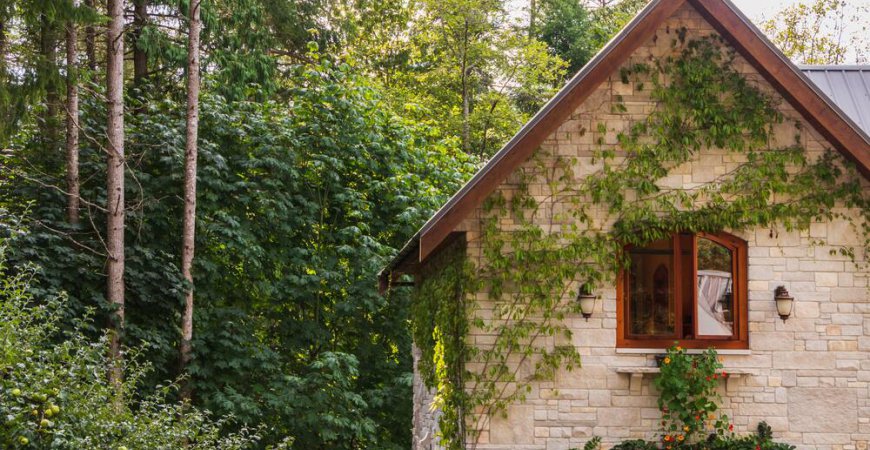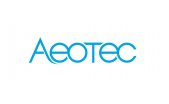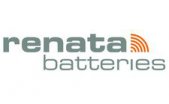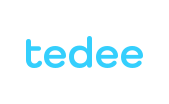
Heating in the cottage with limited consumption
Sometimes home automation can help not only solve your own automation, but also work with the limitations that the environment sets. In this case, it was a solution of heating and at the same time the maximum load of the existing circuit breaker.
The owner wanted to add electric heating to his cottage for the possibility of at least partial heating of the building before arrival, before the classic heating in the fireplace stove. The owner's choice fell on two electric radiators with a power input of 1200W and 1500W. However, because the building is located "in the middle of the wilderness", the main circuit breaker is only 1x16A and the socket circuit in the cottage is secured 1x13A (and the owner is not interested in making a change). Although a 13A circuit breaker is sufficient for a power input of 2700w, there was a requirement to figure out how to leave some reserve for a possible additional appliance (eg a pump that turns on on arrival and you should think about turning off the heating before turning on the pump).
The whole solution ultimately consists of two Fibaro Wall Plugs (which in my opinion are probably the best Z-Wave product ever) for the two electric radiators mentioned. Fibaro Home Center 3 control unit - at the time of implementation, the Fibaro Home Center 3 Lite unit was not yet available, but it would be a great fit here. And finally Fibaro KeyFob and Fibaro Double Switch 2, which we will get to again. An existing LTE modem provided connectivity.
The heating is controlled manually, due to the irregular use of the building, by setting a standard thermostat in the Home Center 3 unit and this controls not directly the Wall Plug socket, but the prepared Quick App, which (currently) turns on or off at 5 minute intervals. switches off one resp. second socket. This ensures the primary requirement of maintaining a sufficient "circuit breaker reserve". We can already take remote control as a clear thing. And measuring consumption like the icing on the cake.
Quickapp LUA code for inspiration:
function QuickApp:turnOn()
fibaro.call(self.plug1, 'turnOn')
self:loop()
self:updateProperty('value', true)
end
function QuickApp:turnOff()
fibaro.clearTimeout(self.timeoutHandle)
self.timeoutHandle = nil
fibaro.call({ self.plug1, self.plug2 }, 'turnOff')
self:updateProperty('value', false)
end
function QuickApp:loop()
if fibaro.getValue(self.plug1, 'value') then
fibaro.call(self.plug1, 'turnOff')
fibaro.call(self.plug2, 'turnOn')
else
fibaro.call(self.plug1, 'turnOn')
fibaro.call(self.plug2, 'turnOff')
end
self.timeoutHandle = fibaro.setTimeout(self.timeout, function() self:loop() end)
end
function QuickApp:onInit()
self.timeoutHandle = nil
self.plug1 = ...
self.plug2 = ...
self.timeout = ...
end
Above mentioned Double Switch 2 was then used to control the lighting of the sidewalk and driveway. Although Single Switch 2 would suffice, the "double" version was chosen as a reserve for possible future expansion. The KeyFob then allows this lighting to be switched on without having to be at the switch, which is useful, for example, when arriving in the evening.
The use of home automation is not only suitable for apartments and family houses, but is also well suited for recreational facilities, where it can make the use of the facility more pleasant.
Jiří Č.























































